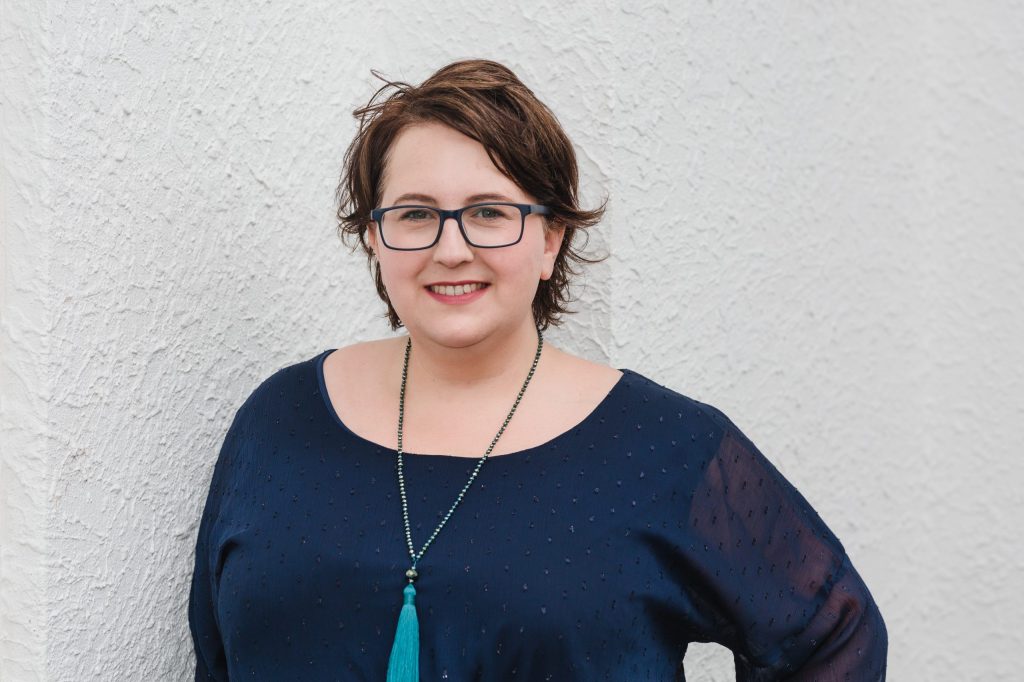Bruce Springsteen said it best: “Ageing is scary. People lose their mojo, they lose interest. You never know when you’re gonna write well again.”
The Boss was, of course, talking about midlife inertia, the condition that strikes many of us after we turn 50. According to a study from the Norwegian University of Science and Technology, our mid-50s is when the glue holding together our passion, positive mindset and grit can come unstuck.
“As soon as you end up in your 50s, a shift happens,” says Professor Hermundur Sigmundsson, who conducted the research. “In theory, it takes a lot more for us to actually do something.” Translation: we hit a wall and can struggle to motivate ourselves to try new things.
I have a friend (let’s call her Josie), the kind of woman the rest of us wish we could be like. Josie has a great job, perfect marriage, model children and a list of achievements that include trekking in the Himalayas, running marathons and, on one memorable occasion, DJing at Glastonbury.
But after blowing out 50 birthday candles, Josie ran out of puff. “It started at work, where I noticed that bright young things were more nimble and on the ball than me,” she says of her job in advertising. “For the first time, I began to feel marginalised and wondered about my lifespan in a career I’ve always loved.”
On the home front, her two adult kids no longer needed her and she found it hard to summon the energy to do the things she once did without much thought.
“I have to really force myself to go for a run these days. And I think I might be the only person in the world who was secretly happy when covid hit because it meant I could work from my bed and didn’t have to get on a plane again.”
And forget spinning the decks as she used to do when we flatted together in London. “I’d rather curl up on the couch with a glass of wine and Netflix than brave a bar. Who can be bothered?”
While hitting the midlife speed hump clearly worked out for Springsteen (the 71-year-old recently released his 20th album and made a film about making it), what about those of us not cosseted by large lumps of cash, a bottomless pool of talent and millions of adoring fans? How do we navigate the midlife loss of our adventure gene?
Wellington clinical psychologist Jacqui Maguire says it’s important to first breakdown what midlife inertia is. “It’s not a midlife crisis, which is more a sense of panic about approaching a certain age,”
she says. “Instead, midlife inertia is a period of life roughly between 40 and 60 years of age when people tend to live their lives without considerable change or transition. While it’s important that we don’t automatically assume a static life is negative, it can stop us from moving ahead and making positive progress.”
Maguire points to the well-known economic and psychological U-shaped curve theory. “This basically says that our happiness is highest at the beginning and end of our life and its lowest point is in midlife.”
There’s no secret to the causes of this dip in happiness: an overload of everyday stressors such as work deadlines, financial and relationship issues and caring for children and elderly parents simultaneously, which can leave people in midlife juggling too many balls.
“Midlife is also a time of recalibration, when people can become more aware of their mortality, causing them to reflect on what they’ve achieved to date, question their purpose and wonder if there’s more to life than this. It’s easy to see how someone weighted down with stressors or wondering about their purpose in life is unlikely to possess great enthusiasm and vigour for life.”
 Clinical psychologist Jacqui Maguire
Clinical psychologist Jacqui Maguire
Research also shows midlife is a time when we begin to evaluate life in terms of social competition and social connectedness. “If you picture a landscape where people are less concerned about keeping up with the Joneses and more interested in spending quality time with friends or in nature, then clearly those people aren’t rushing off to create major changes or seek adventure.”
So far, so understandable. But how can we manage midlife inertia? Maguire says if we’re feeling stuck or lost, it can help to label those feelings. “Journaling or talking to someone you trust, who won’t judge you, is helpful. It’s about knowing exactly what you’re feeling so you can better deal with it.”
Other tricks up Maguire’s sleeve include focusing on your ‘haves’ instead of your ‘have nots’ and starting small. “If you want to create shifts in your life, create smaller steps to get there. We’re more likely to be successful if we take it one step at a time, rather than leaping in head first.”
And if you can, get some help dealing with everyday stressors. “Things like getting a cleaner, investing in a food-delivery service, or developing a sibling roster to share the load of checking in with your elderly parents are strategies that can free up your time and head-space so you can enjoy the more pleasurable aspects of life.”
It may be easier said than done but the key to mitigating midlife inertia is keeping your pecker up.
“Keep a gratitude journal, do one thing every day that brings you joy, get out into nature, or call a friend,” suggests Maguire. “The more positive you feel, the more likely you are to be motivated to enjoy life and make meaningful plans.”
It’s not just about the mind, either. Getting those endorphins pumping is also important, says Wellington personal trainer Lou Draper-O’Reilly. “We’ve all heard how important exercise is for our overall well-being. That’s also true as we age, but often exercise can fall by the wayside as we get caught up in work and family and start to lose motivation.”
No surprise her advice to help overcome that midlife slump is “just do it”.
“It’s about focusing on what you can do right now. So you might once have run marathons or lifted heavy weights but you need to draw a line in the sand and say, that was then, this is now.
“Start again and start small because your body won’t be capable of jumping straight back into running 20km if you haven’t kept up with training. Break it down into achievable results: start with a slow trot around the block and build up from there. Muscle memory is a thing and your body should adapt if you start small.”
If the thought of running brings you out in hives, Draper-O’Reilly suggests “snacking on exercise”, which is incorporating activity into your daily life.
 Personal trainer Lou Draper-O'Reilly
Personal trainer Lou Draper-O'Reilly
“Do 10 squats when you bend down to load the dishwasher, put your hands on the kitchen bench and do three or four push-ups while you wait for the kettle to boil, or do lunges when you walk down the hallway. They’re all small things that won’t feel like you’re exercising but can have a big impact.”
When time or energy is in short supply, Draper-O’Reilly says don’t commit to a 45-minute gym class you won’t enjoy but instead carve out 15 minutes for a run, walk, swim or weightlifting session. “That gets you over the hump of not having the time to do a full workout but you’re still getting the benefits.”
As we age, we should review the kind of exercise we do, she adds. “Think in terms of functional movement that strengthens our muscles that we actually want to use in later life. When I’m older I want to be able to get down on the floor to play with my grandchildren or be able to reach into high cupboards without help. That means lifting weights above your head, even if it’s a full milk bottle, and focusing on stretching exercises.
“The key to getting over that midlife speed-bump is to find something you enjoy, whether that’s dancing around the kitchen or playing tennis. Then start small and stick with it.”














